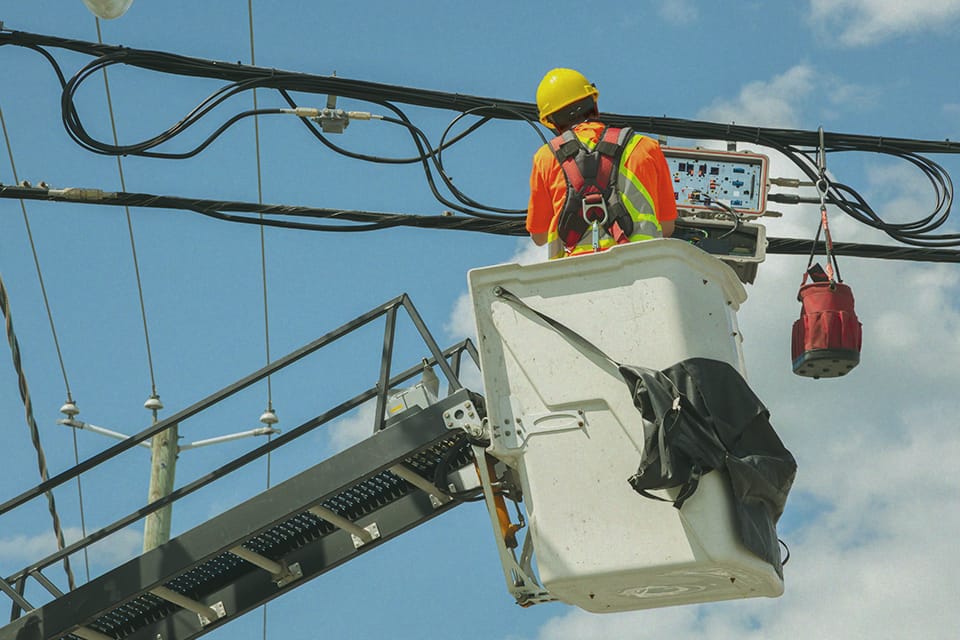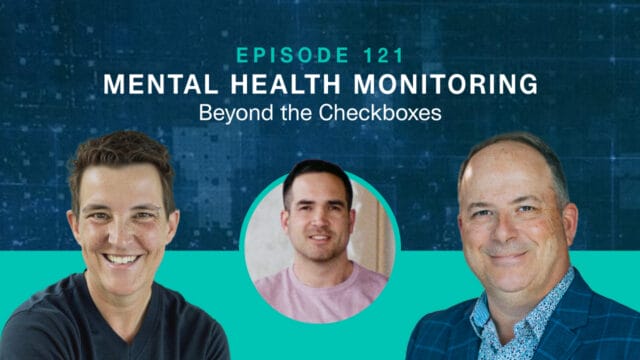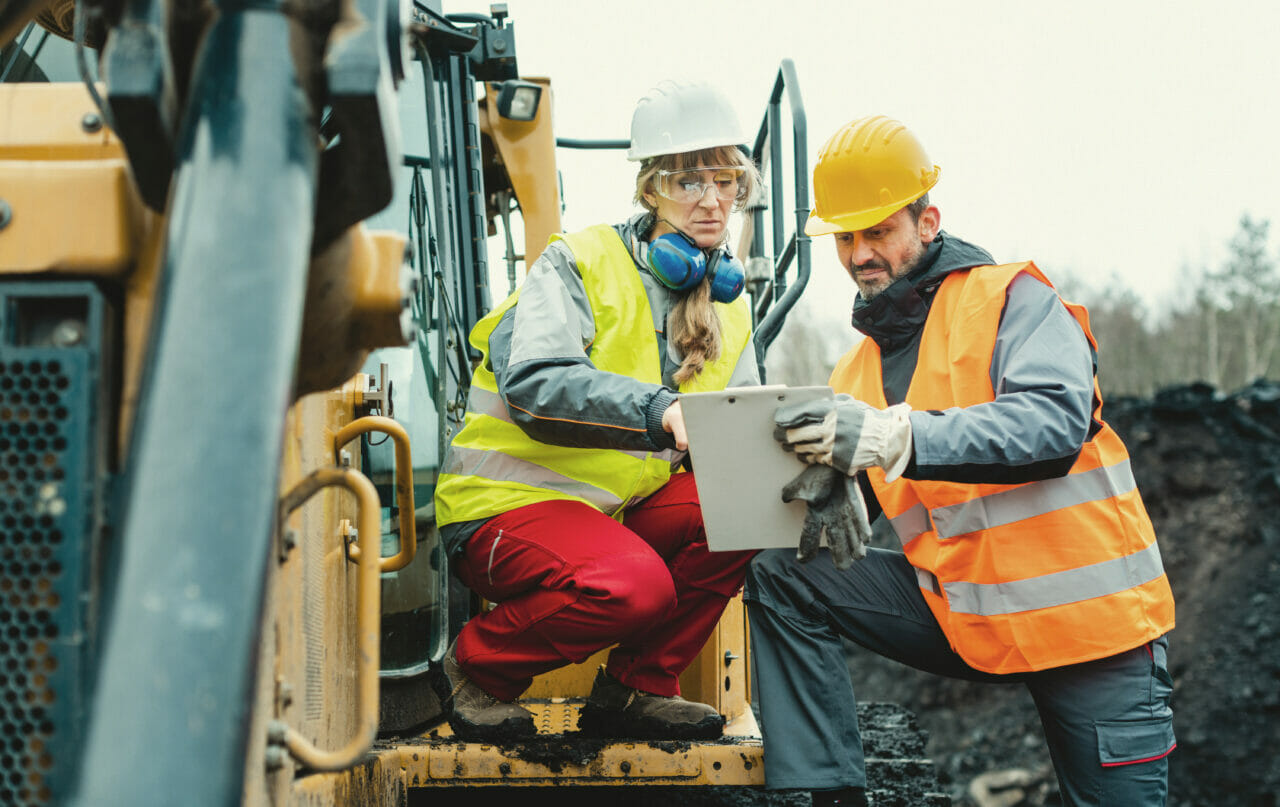
Holiday Bonus Episode: Safety Tips You Need This Season | Risk Matrix Episode 122
THE RISK MATRIX Cutting-edge podcast on occupational safety and risk management. Hosted by industry titans: JAMES JUNKIN, MS, CSP, MSP,…

Falls continue to be one of the leading causes of death in the workplace, despite decades of awareness and regulation. That’s why Veriforce has introduced a new Working at Height course, aimed at tackling this long-standing issue from a fresh angle. To get an insider’s look at the course, Veriforce interviewed Chris Court, a seasoned safety professional and one of the key contributors behind the training.
While many fall protection courses tend to check boxes for compliance, Court set out to create something more meaningful: training that actually helps workers understand the risks and what to do about them.
“My goal was to go deeper than just, ‘Wear a harness and tie off,’” Court said. “People know they’re supposed to tie off. But that doesn’t mean they’re actually safe.”
Court built the Working at Height course from the ground up, drawing on his years in the field across oil and gas, construction, and industrial environments.
“Fall hazards exist in every workplace,” he said. “Whether it’s a refinery or an office, people take risks…climbing on chairs, skipping safety steps. A fall is a fall.”
Because the course is industry-agnostic, the hazards covered are broad and relevant to any job site where employees are working at height, including rooftops, ladders, scaffolding, mobile lifts, and more.
The training opens with a question: Who here has experienced or witnessed a fall? It’s a simple but effective way to create engagement from the start. “People want to tell their stories,” Court said. “It makes the course feel personal right away, which keeps them invested.”
One thing that sets this course apart is the structure. According to Court, most fall protection training begins with regulatory language, then gradually works up to risk scenarios. But by the time those real-world examples show up, participants are already zoning out.
“I’ve been in a lot of trainings where the good stuff comes too late,” he explained. “With this one, I flipped the order. I started with the most critical risks and saved the basics for later.”
The course covers the usual elements, including harness inspection, equipment types, proper tie-off points, but it gets to the lesser-known but vital concepts first. Topics like fall clearance, swing fall hazards, and rescue planning take center stage early on.
While OSHA regulations are a necessary part of any training, Court said the course goes beyond just what’s required.
“Most trainings are built to meet regulatory standards, but this one aims for the moral and ethical responsibility too. We’re trying to actually keep people safe, not just pass an audit.”
A standout feature is the course’s emphasis on fall clearance. It’s one of the most misunderstood aspects of fall protection. For example, someone using a six-foot lanyard may need up to 18 feet of clearance to stop safely. Many don’t realize that until it’s too late.
“People see someone tied off and assume they’re safe,” Court said. “But if there’s not enough clearance, or if they’re too far from the anchor point, that harness won’t stop the fall in time.”
Another gap this course addresses is post-fall planning. Rescue strategies are often neglected in training, yet they’re just as crucial.
“You can survive the fall, but if you’re left hanging too long, suspension trauma can be deadly,” Court warned. “A harness alone isn’t enough. You have to know how you’re going to get someone down.”
The Working at Height course dedicates time to real-world rescue scenarios. It encourages learners to think through how they would respond if a fall occurred in their environment, whether it’s calling a rescue team or using equipment on hand.
Court hopes this course shifts how both workers and employers view fall protection.
“Too many companies still see it as a cost, not a necessity,” he said. “If this training helps just one person recognize a risk and speak up, it’s worth it.”
But he also emphasized that true safety improvement starts with the company. “Employees are there to do their jobs and go home. It’s the employer’s job to build a mature safety program that doesn’t rely on individual heroics.”
He prefers the term “safety maturity” over “safety culture,” which he feels has become an overused buzzword. “Culture implies something fixed or hard to change. Maturity is measurable. You can track it. You can improve it.”
For organizations looking to take fall protection seriously, Court’s advice is simple: get a fall hazard assessment.
“Hire someone, an internal safety lead or a third-party expert, to walk through your worksites and identify risks. You can’t fix what you haven’t seen.”
He shared an example of a spray foam insulation company that overlooked a common hazard. “One of their guys fell off a bucket. A bucket,” he said. “They never considered that as a risk. Sometimes you need an outside perspective.”
Ultimately, the Working at Height course was built to be more than a regulatory checkbox. It’s designed to keep learners engaged, reinforce critical concepts, and give them the tools to make better decisions on the job.
“It’s not flashy, but it’s thoughtful,” Court said. “It gets to the stuff that matters before people tune out. And if it helps someone make a safer choice, even just once, then it’s done its job.”
Allow Veriforce’s Working at Height training to equip your workforce with the knowledge and skills to prevent serious fall-related incidents. Contact us today to learn more.
Chris Court, MPH, CSP, has over a decade of experience leading health, safety, and environmental initiatives across high-risk sectors including construction, energy, petrochemical, and manufacturing. As a Senior HSSE Leader at Zachry Group, Chris currently oversees safety operations for one of the largest LNG export facilities in North America, managing a team that peaked at 150 HSSE professionals that supported a workforce that topped at 15,000.


THE RISK MATRIX Cutting-edge podcast on occupational safety and risk management. Hosted by industry titans: JAMES JUNKIN, MS, CSP, MSP,…

THE RISK MATRIX Cutting-edge podcast on occupational safety and risk management. Hosted by industry titans: JAMES JUNKIN, MS, CSP, MSP,…
We’ll send you practical and insightful supply chain risk management info that can benefit your business. Plus, important company updates that keep you in the loop.
